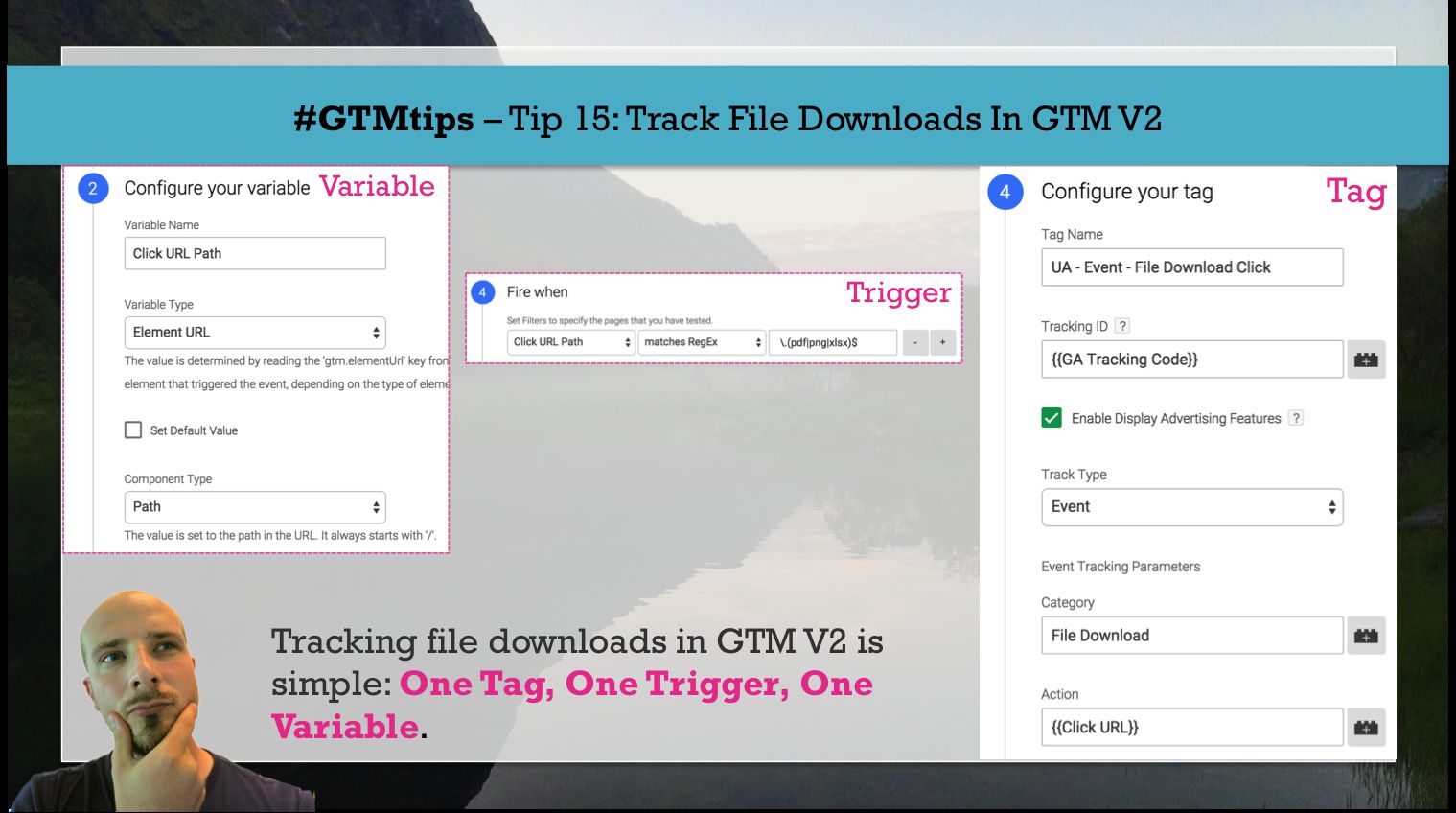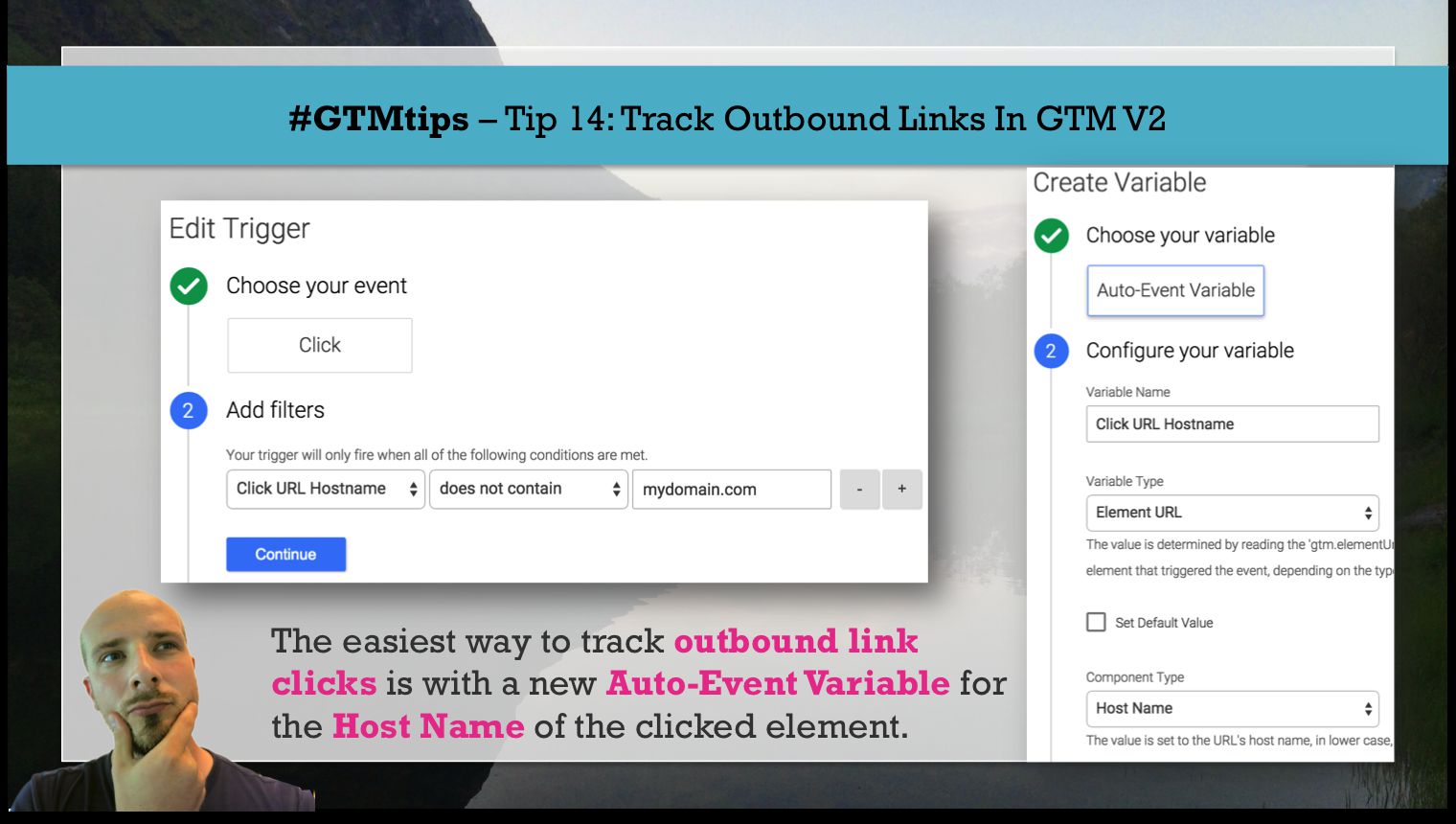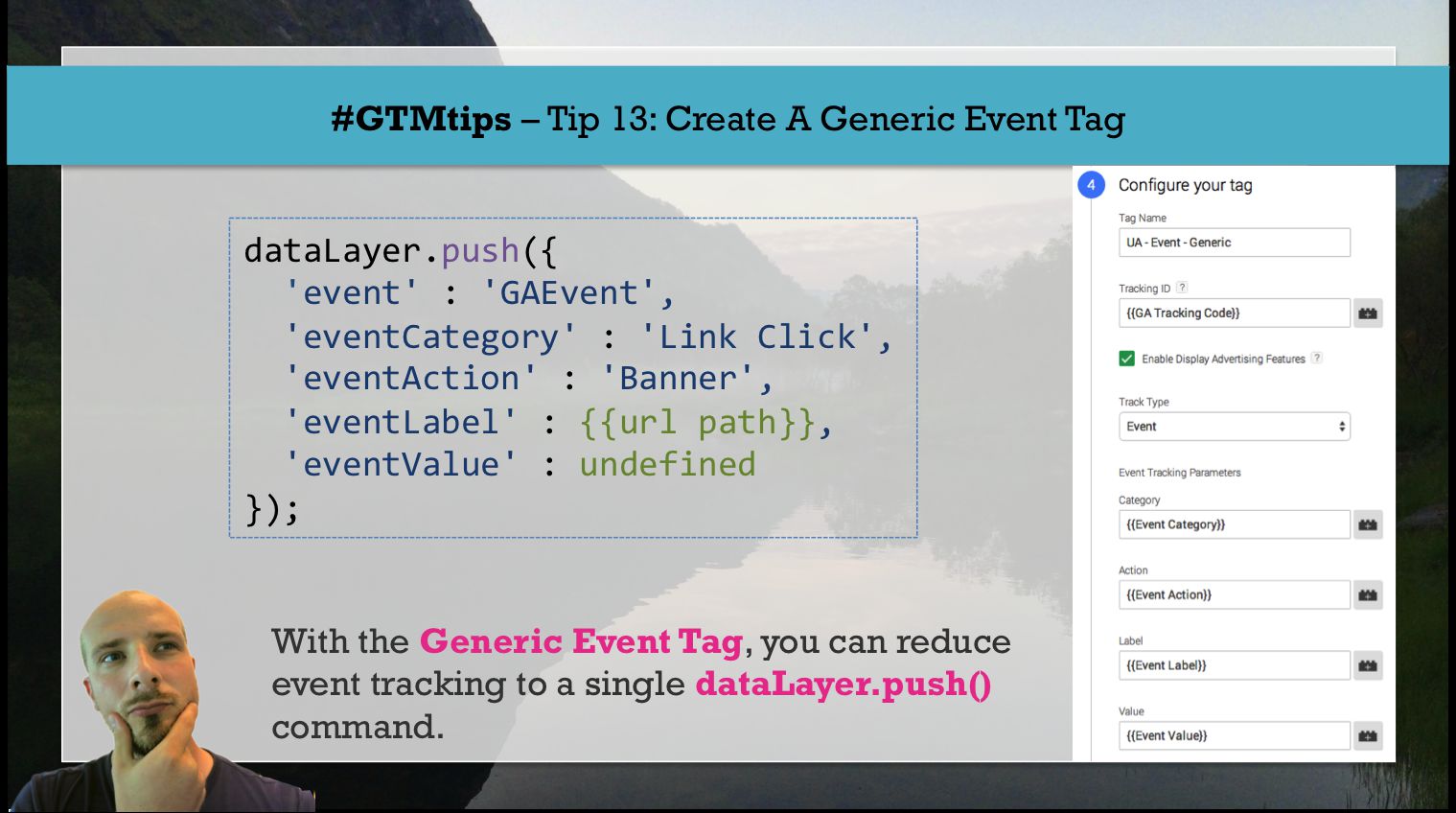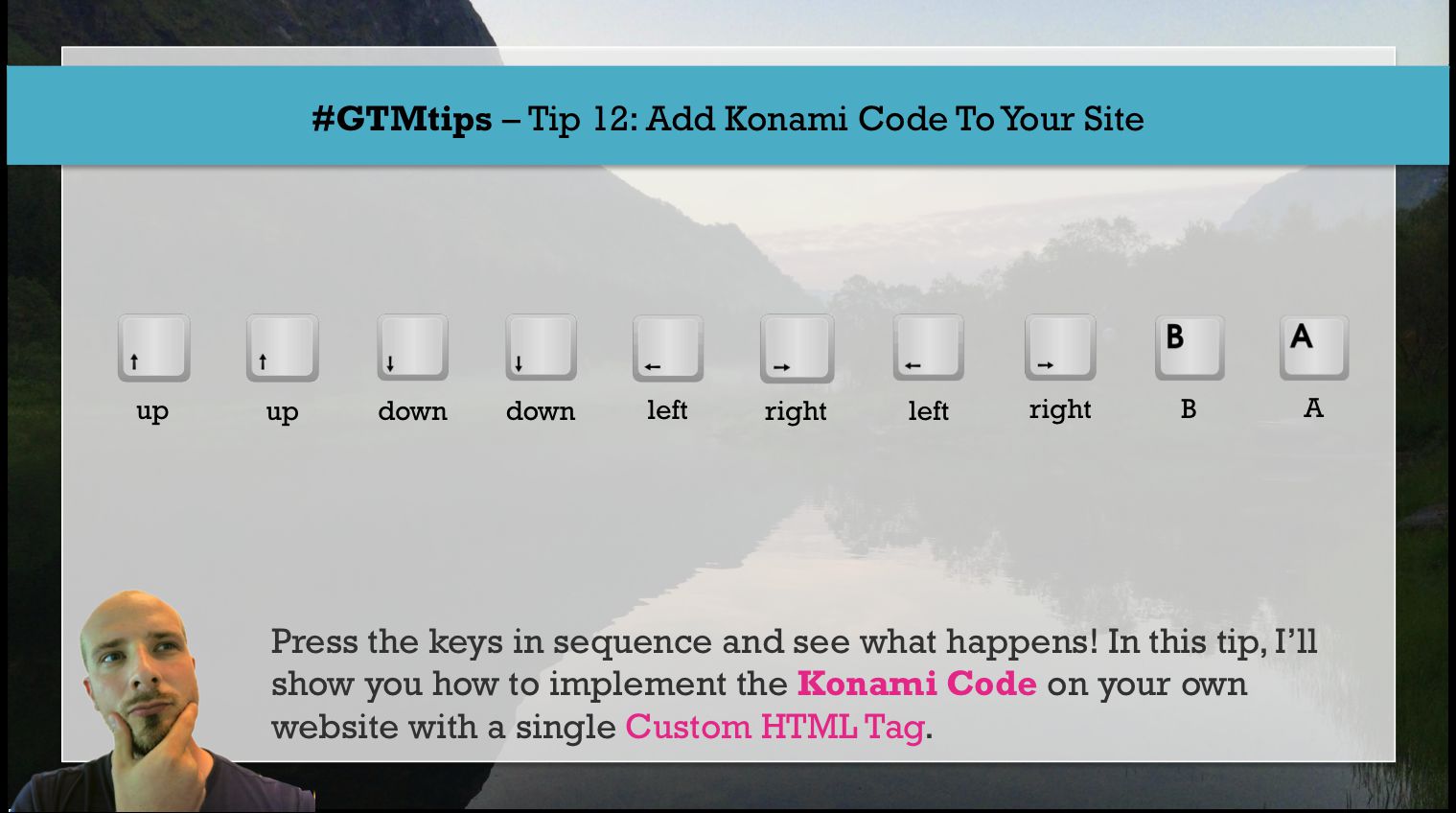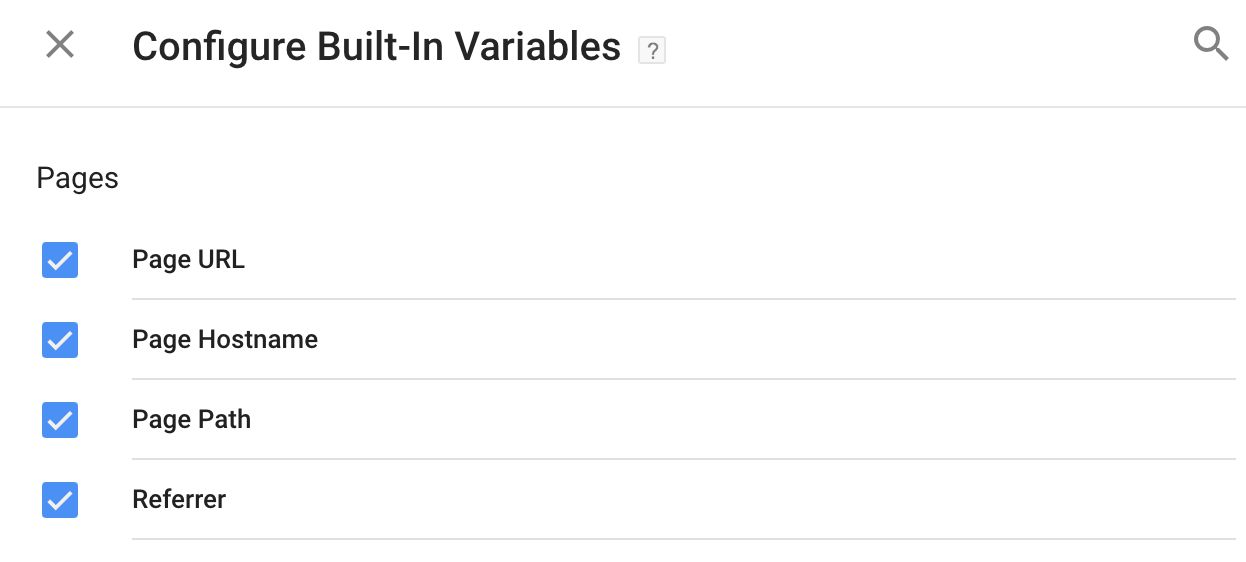In this #GTMtips post, we’ll go over a simple method for tracking file downloads in Google Tag Manager, specifically the new, V2 interface. Also, “tracking file downloads” means sending Events to Google Analytics, so this is a GA for GTM guide as well.
Tip 15: Set up file download tracking in GTM Since we’re using Google Analytics as the tracking platform, we’ll need the following ingredients to make this setup work:
